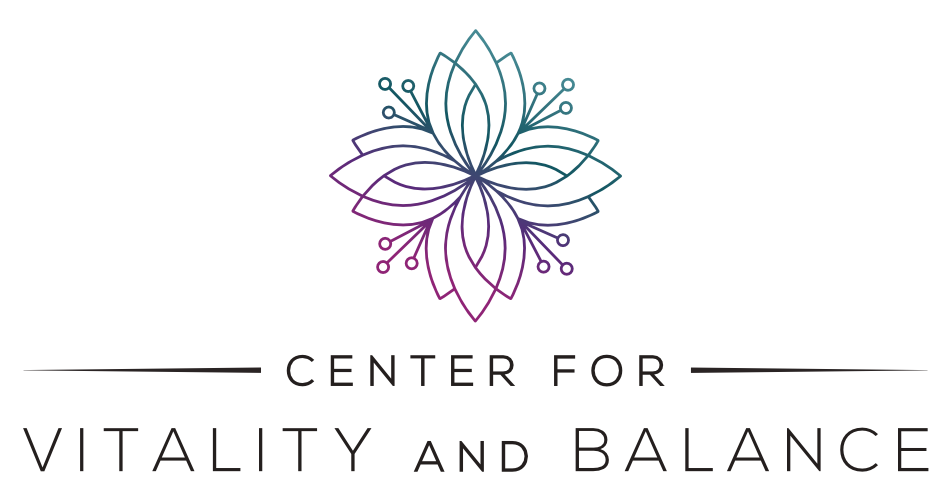Building Hope
“No, Hope!”
“Stop, Hope!”
“Come here, Hope!”
“What a good Hope!”
My friend’s new puppy needed a lot of attention. She had suddenly lost her young husband and in her grief, a cloud of anger, frustration, and sadness swirled around her. All her dreams for the future had been shattered. My friend imagined that opening her heart and home to this new fuzzy life might bring new energy and a reason to get up in the morning. Intentionally naming the puppy “Hope”, she sought to restore a connection to the feeling especially when there seemed to be none as she navigated her grief. Hope, the puppy, also provided an outlet to express the trepidation of creating hope for the future when it seemed impossible.
As a global community, we seem to be in an endless cycle of illness, violence, injustice, fear, and loss. It can feel impossible to nurture feelings of hope. At times, life begins to feel like a futile endeavor which tempts us to abandon faith in the possibility of anything good.
However, our strength and healing come from developing specific ways of exploring, evaluating, and enacting feelings and choices as we respond to the challenge of uncertainty. As we examine our experiences, we can align our efforts with what we value and build strength and courage to hold a hopeful outlook for what might still be.
Building Hope
Explore
Our bodies offer the first experience of our emotions and then our mind comes online to make sense of it. Anxiety may appear as faster breathing, sadness may arrive as fatigue, anger may make itself known by restlessness and agitation. Carving out a few moments to check in with our bodies—to become aware of any shifts or changes—provides the opportunity to recognize the feeling and what it means.
If the felt sense doesn’t show up clearly in the body, ask yourself (or a trusted other) “what” questions, to create clarity. Examples include:
What is most important to me right now?
What feels out of place for me?
What is my response to this [news, experience, interaction]?
What am I not feeling that I would like to?
Evaluate
With better understanding of the felt sense you’re experiencing, you get to decide what this means for you. For instance, if you are feeling sad you can get curious about what you can do to bring comfort. If you are feeling distress or anxiety, you may wish to explore how to move towards creating change that is effective. Anger may lead to contemplating what wrong needs to be made right. And if you feel warmth or compassion, you may want to find expression for the overflow of good feeling.
Enact
After identifying the felt sense and what it means for you comes the space where you can build hope. You get to decide how you respond to your feelings and circumstances in ways that align with your values. While we may not always be able to change the outcome of what we experience, the inner work of awareness, curiosity, acceptance is ours to practice. What we continue to rehearse in our minds strengthens the likelihood that it is what we will experience. Taking regular, small, measurable actions in response to our feelings and thoughts is the foundation for creating change. Change in our lives is what creates and fuels hope within. That inner hope can lead to positive movement towards the change we want to see in ourselves, our relationships, and our environment.
Further Practices to Cultivate Hope
Reflect with yourself, a trusted other, or groups to make sense of your experiences. Ask for help when you need it. We are meant to be in community so let your tribe help identify and carry some burdens.
Brainstorm with others about creating the change you want to see in yourself and the world.
A mentor of mine, Sarah Greene-Falk, encouraged me to “Go down the rabbit hole of possibility and action.” We can choose which thoughts, feelings, and actions we pursue. Deliberately choose thoughts of hope to build resilience and strength in difficult times.
To move forward is not to discredit the heartbreak and wrong in the world. Rather, it is a way to honor and redeem the suffering. Our staying stuck in unexplored feelings can add to the energy of dismay and discouragement. By moving through it and creating something new, we transform the energy of suffering into something meaningful and hopeful.
There is hope. We are here to help.
Please see our resources page if you or someone you care about needs support.
In peace and good hope


